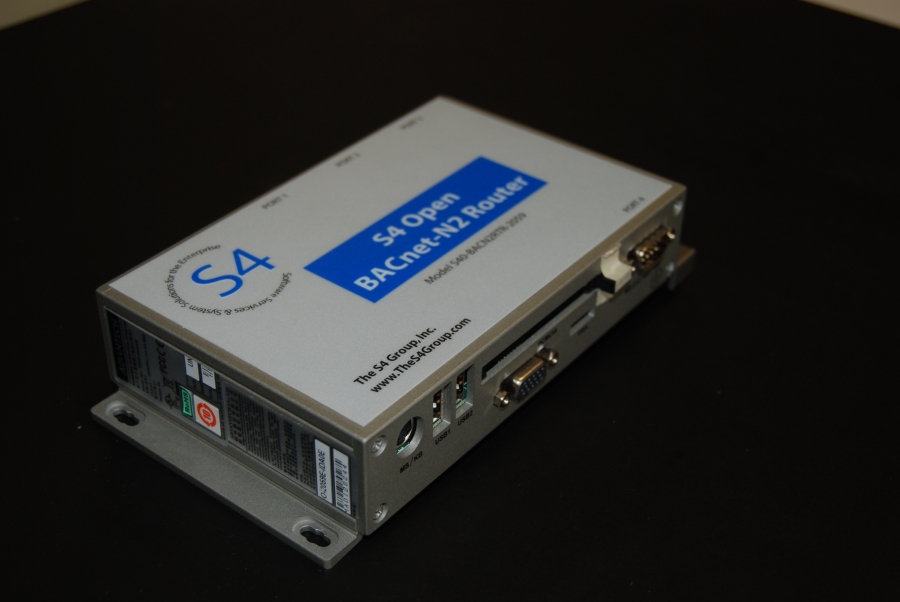
Expanded System-91 Device Support
Our original implementation of the S4 Open Appliances included support for all Metasys® N2 devices. The N2 Router design followed the various N2 protocol specifications available, supplemented by our own reverse engineering efforts to understand parts of the protocol not publically documented. N2 is actually a series of sub-protocols co-existing on the same serial bus, sharing a common framing, and with a common addressing strategy. Within the data frames, the N2 Open, VMA (N2B), and System-91 protocols are completely separate and unique implementations. The N2 Open and N2B standards are unique but share a common trait in that they reflect the data organization and user experience that a Metasys® operator would have from the Metasys® Operator Workstation.
The system-91 protocol, however, is drastically different from the other two. In fact, System-91 devices differ in many ways from N2 Open and VMA devices. The main differences that affect the way you interoperate with the device through the N2 bus include:
- The data store is a single array of variable size data items. In order to interpret each data item you need to know the data size, data representation, and name of each entry.
- The flagship member of this product family, the DX-9100, is a fully programmable soft PLC. Therefore, each installation is custom engineered and has a unique set of point assignments and names. There is no such thing as a standard configuration for a DX-9100.
- Points on System-91 devices do not support Override and Release operations as do the N2 Open and VMA devices. You must execute a complex sequence of steps to put a module of a System-91 device into Hold Mode. You can then send your desired override value to the point. You need to reverse this process to return the module back to automatic operation.
If you dig deeply enough, you can find all of these things in Metasys® documentation. You can access the full power of the System-91 devices through the current S4 Open Appliance implementation. However, some BACnet and OPC operator workstations do not provide the flexibility to enable multiple step processes. In addition, some of them have problems handling the fact that the N2 Router publishes System-91 points as internal analog or digital values.
This enhancement establishes an overlay on top of each System-91 device to bring the user experience into alignment with what our integration partners have with the N2 Open and VMA devices.
- We will publish System-91 points to BACnet, or OPC, as object types that reflect the usage of the point in the building automation system. This is equivalent to Metasys® region name assignments, mapped to the appropriate BACnet or OPC data objects.
- We are implementing a single step method to “Override” or “Release” points that the Metasys® documentation indicates as capable of being overridden. The N2 Router will implement the multiple steps that need to execute in the background transparently to the BACnet or OPC interfaces.
- The Metasys® region and object number will be included as comments in the description field for each point.
- BACnet instance numbers will not change once assigned. That is, pruning, adding, or renaming points will no longer cause instance numbers to shift.
- A future enhancement will enable direct importing of .DMO configuration files through the S4 Open Management Console to define the point list for a System-91 device. That capability is already available as a free service if you eMail .DMO files to us for conversion. Field-testing for this enhancement will start within the next few weeks. This set of enhancements continues our efforts to encapsulate the Metasys® system and move us incrementally closer to making the legacy systems operate like current generation standards based systems, through publishing to open interfaces. We continue to enable you to extend the return on your original Metasys® investment and enhance the functionality delivered through the legacy systems.






